Warsaw Uprising – one of the most tragic events in the history of Poland and Warsaw
Warsaw Uprising – a brief description and historical context
The Warsaw Uprising was one of the most important and tragic events in Polish history during World War II. It took place between August 1 and October 2, 1944, when soldiers of the Home Army attempted to liberate the capital from the German occupiers. The uprising was part of a broader strategic plan, known as Operation Tempest, which aimed to liberate Polish lands before the Red Army entered. Unfortunately, despite the heroic struggle, the uprising ended in defeat, and its consequences were tragic for both the residents of Warsaw and the entire Polish nation.
Analysis of the causes, course and consequences of the Warsaw Uprising
The purpose of this article is to closely examine the causes that led to the outbreak of the Warsaw Uprising, to analyze the course of this historic event and its consequences for both Warsaw and Poland as a whole. By looking at the historical context, key events and consequences of the uprising, we will be able to better understand the reasons for its tragic end and the lessons we can learn from this painful lesson of history. Ultimately, we want to honor the memory of those who gave their lives in the fight for Poland’s freedom, and understand how the Warsaw Uprising influenced the national identity of Poles and shaped Poland’s modern history.
Causes of the Warsaw Uprising
Poland during World War II
During World War II, Poland was at the center of the conflict, being the first country attacked by the Third Reich on September 1, 1939. Shortly thereafter, on September 17, the Soviet Union also entered Poland, occupying the eastern part of the country. Poland was divided between Germany and the USSR under the Molotov-Ribbentrop Pact. The Polish population, both civilian and military, struggling against violence, repression and extermination, continued the fight for the freedom of the homeland.
German occupation of Warsaw
After capturing Warsaw on September 28, 1939, the Germans introduced draconian repressions against the Polish population. A Warsaw ghetto was established in the city, where some 400,000 Jews were confined, leading to tragic human losses and immense suffering. In addition, the Polish intelligentsia and political elite were persecuted, arrested or murdered, and Polish education and culture were deliberately destroyed by the occupiers. The German occupation authorities also used forced labor, displacement and deportation within Warsaw.
The role of the Home Army and political tensions
In response to the German occupation of Poland, the Polish resistance movement flourished, and its main representative was the Home Army (AK), an underground armed force linked to the Polish government-in-exile in London. Aimed at armed resistance to the occupying forces, the Home Army undertook diversionary, sabotage and intelligence activities within Poland, while preparing for a nationwide uprising.
Meanwhile, the Soviet Union continued its offensive in the east, approaching the Polish borders. Communist structures were being set up in these lands, working for Soviet influence in Poland. With the Red Army approaching, Polish politicians and military commanders realized that it was crucial to liberate Warsaw before the Soviets entered in order to preserve Poland’s independence. The Warsaw Uprising was an attempt to win that independence and initiate the process of rebuilding the Polish state on its own terms.
Political tensions between the Polish government-in-exile, the Western Allies, and the USSR also influenced the decision to call for an uprising. Many Polish leaders feared that after the war ended, Poland would be dominated by the Soviets, who would impose their rule and limit the country’s sovereignty. That is why the liberation of Warsaw from German hands by the Polish armed forces was seen as a way to secure the independence and future of a free Poland.
The course of the Warsaw Uprising
Planning and preparations for the uprising
Preparations for the Warsaw Uprising lasted for many months, with the participation of Home Army commanders, politicians of the Polish Underground State and the Allies in exile. The plan for the uprising, known as „Plan W,” was to take advantage of the approaching Soviet offensive and to engage all armed and civilian forces in the fight to liberate the capital. At the same time, support was expected from the Western Allies, especially in the form of arms and ammunition drops and supply deliveries.
Key battles and events
The Warsaw Uprising began on August 1, 1944, known as „Hour W.” Within a few days, the insurgents gained control of significant parts of the city, but failed to seize key points such as the Poniatowski Bridge and Okęcie Airport. In response to the outbreak of the uprising, the Germans carried out intensive bombardments and strong counterattacks.
During the 63 days of the uprising, there were many fierce battles, such as the battle for PAST, the capture of the PAST building, the battle for Czerniakow, the defense of the Old Town and the battle for Powiśle. Nevertheless, the lack of sufficient support from the Allies and the superiority of German forces led to a gradual weakening of the insurgent forces.
The role of civilians in the uprising
Some 50,000 Home Army soldiers and hundreds of thousands of civilians participated in the Warsaw Uprising. Warsaw residents helped the insurgents in a variety of ways, from caring for the wounded and organizing field kitchens to passing on information and taking part in the fighting. Unfortunately, the involvement of civilians in the uprising meant that German repression also affected non-combatants, leading to mass executions and the destruction of the city.
Allied response
Despite earlier promises of support, the Western Allies, especially Great Britain and the United States, failed to provide sufficient aid to the insurgents. Weapons and supply airdrops were insufficient, and difficult diplomatic relations with the USSR also had an impact. Stalin from
Effects of the Warsaw Uprising
Losses of civilian population and destruction of the city
Losses of civilian population and destruction of the city
The consequences of the Warsaw Uprising were tragic for both the civilian population and the city itself. An estimated 150,000-200,000 civilians and 16,000-18,000 insurgents were killed. In addition, some 700,000 residents were displaced and many were forced into forced labor in Germany. As a result of the war effort and subsequent German repression, more than 85% of Warsaw’s buildings were destroyed or severely damaged.
German actions after the fall of the uprising
After the fall of the uprising, the Germans proceeded to systematically destroy Warsaw, blowing up the remaining buildings and monuments. Hitler ordered the complete destruction of the capital, which was intended to erase the memory of the Polish national identity. Most of the remaining residents were displaced, and the city was turned into ruins.
The reaction of the international community
The collapse of the Warsaw Uprising triggered a wave of sympathy and support for Poland internationally, but it did not lead to a significant change in attitudes toward Poland on the part of the Western Allies. The international community condemned German atrocities in Warsaw, but failed to take action to restore Poland’s independence and its pre-war borders.
The political consequences of the uprising
The collapse of the Warsaw Uprising brought far-reaching political consequences for Poland. First and foremost, it weakened the position of the Polish Underground State and the Home Army, which enabled the Soviet-backed Communists to seize power after the war. As a result, Poland lost part of its eastern territories to the USSR, and its borders were shifted westward to the so-called „recovered territories.” The Warsaw Uprising also had an impact on the division of Europe after World War II, with Poland and other Central and Eastern European countries knowing themselves under Soviet influence for more than forty years.
The legacy of the Warsaw Uprising
Historical memory and memorials
The Warsaw Uprising is one of the most important events in Polish history, and its memory is cherished by both the state and society. There are many memorials to the uprising in Warsaw, such as the Warsaw Uprising Museum, the Warsaw Uprising Monument and the Uprising Murals. Every year, on August 1 at 5:00 pm, Warsaw residents participate in the „W” – a moment of remembrance in which life in the capital stops for a few minutes as a sign of solidarity with the heroes of the uprising.
The impact of the uprising on the national identity of Poles
The Warsaw Uprising, despite its tragic consequences, contributed to the formation of Polish national identity. Many Poles regard the uprising as a symbol of patriotism, sacrifice and determination in the fight for freedom. The Warsaw Uprising is often cited as an example of the courage and fighting spirit of Poles in the face of adversity, which has influenced the formation of Polish historical and national consciousness.
Lessons learned from the Warsaw Uprising
As one of the most dramatic events in Polish history, the Warsaw Uprising provides many lessons and reflections. First of all, it demonstrates the necessity of international cooperation and solidarity in the fight against totalitarianism and aggression. In addition, the uprising is a reminder of the consequences of the lack of political unity and a realistic approach to the international situation.
At the same time, the Warsaw Uprising is a source of inspiration for modern generations, reminding them of values such as freedom, democracy, independence and respect for human rights. Modern generations of Poles can learn from this event, shaping their sense of responsibility for the future of their country and its place in the world.
The Warsaw Uprising is a symbol of the tragic struggle for freedom
The Warsaw Uprising remains in the memory of Poles as a symbol of the tragic but heroic struggle for freedom and independence. Although the uprising ended in defeat, its participants won respect and admiration both at home and abroad. Thanks to their determination and sacrifice, the heroes of the uprising contributed to maintaining the Polish national identity during the difficult times of occupation.
A recapitulation of the causes, course and consequences of the uprising
The Warsaw Uprising broke out as a result of numerous factors, such as the German occupation, the hope that the Home Army would liberate Warsaw, and fears of the Sovietization of Poland. The course of the uprising was fraught with fierce fighting that lasted for 63 days. Unfortunately, the lack of sufficient support from the Allies and the superiority of German forces led to the collapse of the uprising. The consequences were tragic: huge civilian casualties, the destruction of Warsaw and long-lasting political consequences.
Historical value and contemporary significance of the Warsaw Uprising
The Warsaw Uprising has great historical value, influencing the formation of Polish national identity and historical memory. Despite its tragic consequences, the uprising has become a symbol of Polish patriotism, fighting spirit and sacrifice. Modern generations of Poles have the opportunity to learn from this event, drawing lessons about values such as freedom, democracy, independence and respect for human rights. The Warsaw Uprising also serves as a reminder of the need for international cooperation and solidarity in the fight against totalitarianism and aggression, with important implications for the modern world as well.
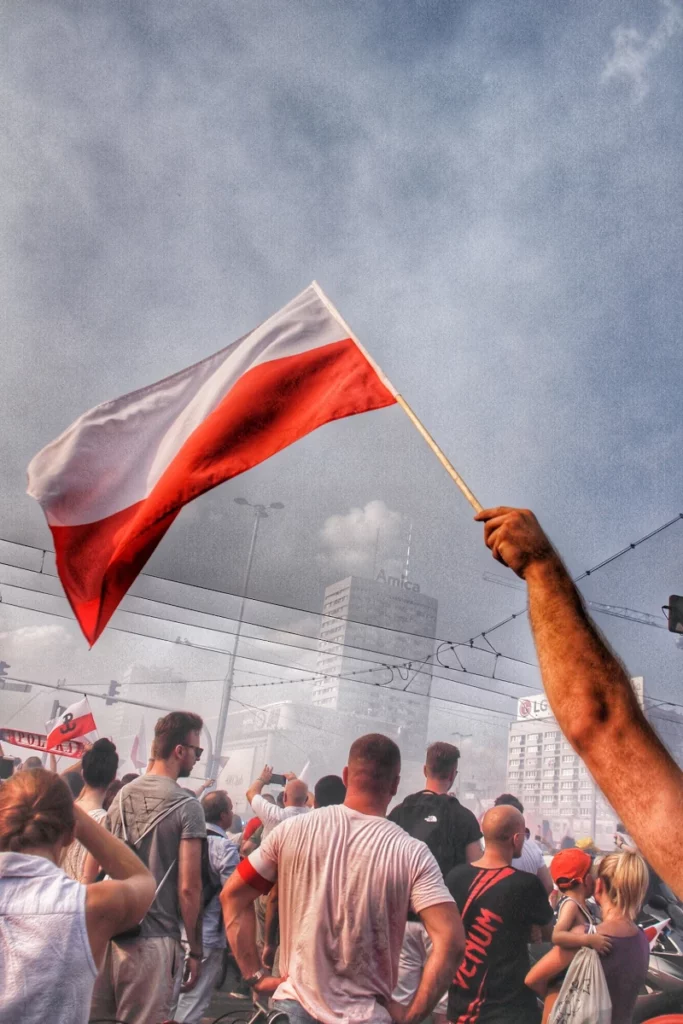
If you are in Warsaw you should visit:
1944.pl – a website about the Warsaw Uprising and the Warsaw Uprising Museum
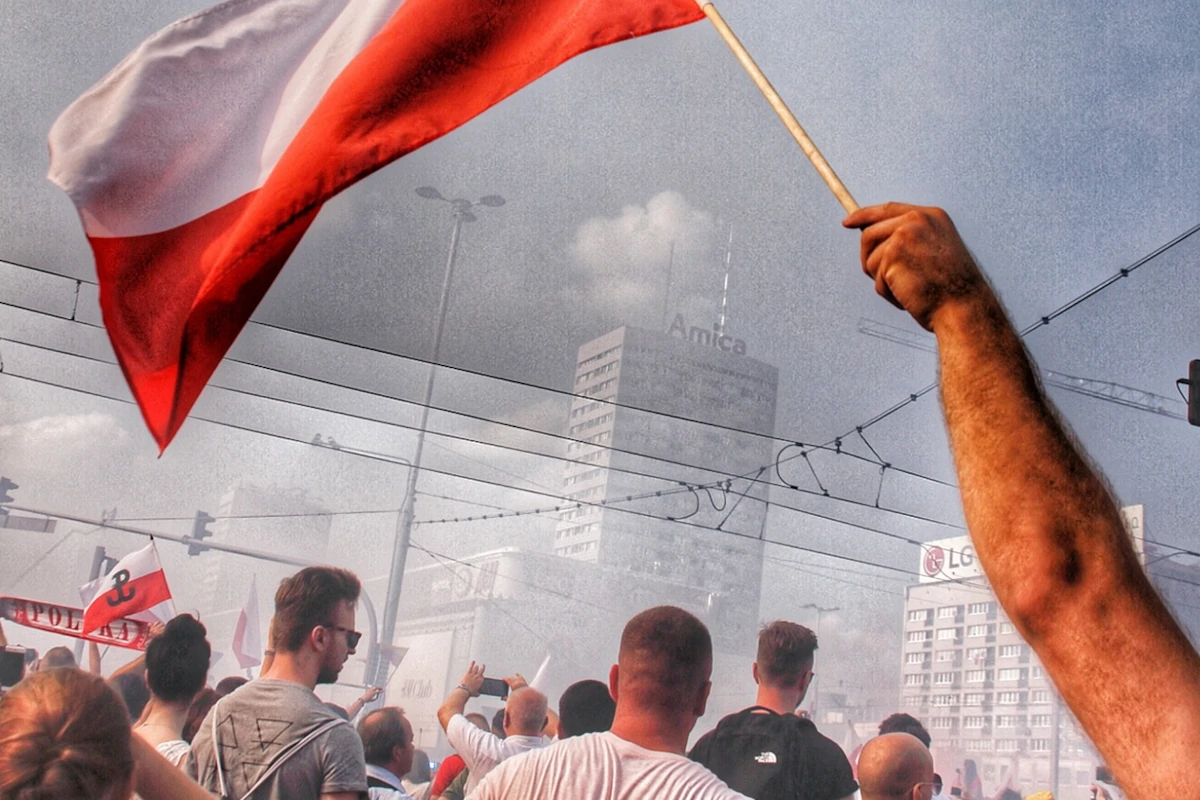
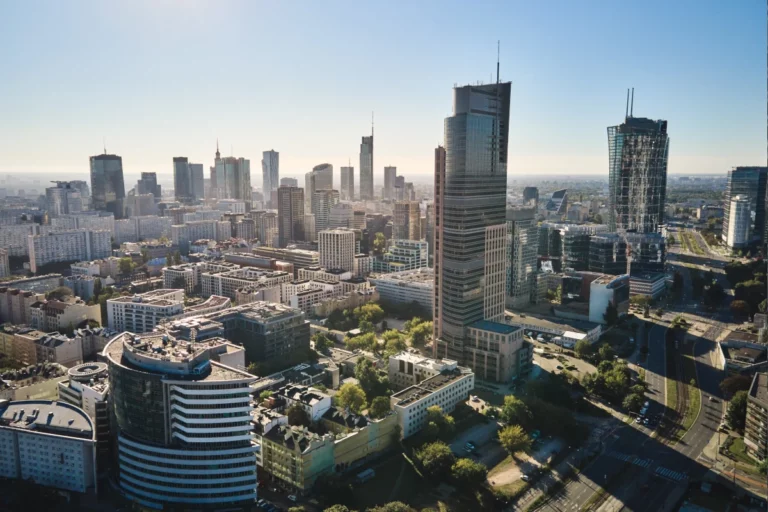

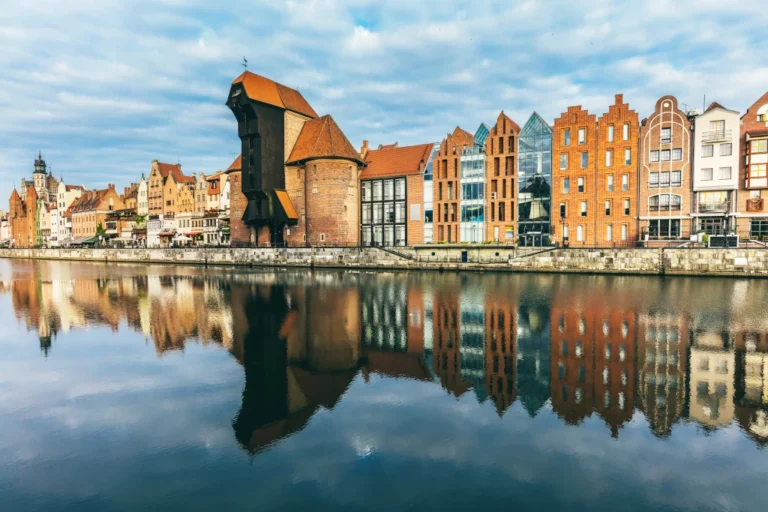
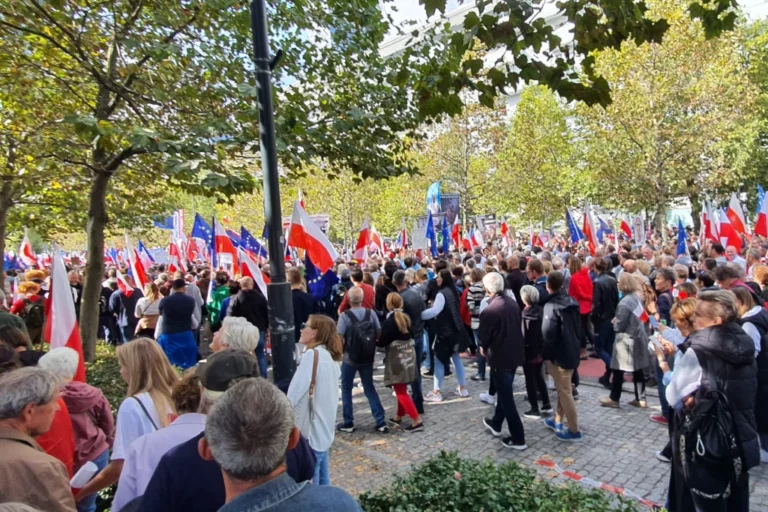
Very important blog post. It is worth spreading the memory of the Warsaw Uprising.